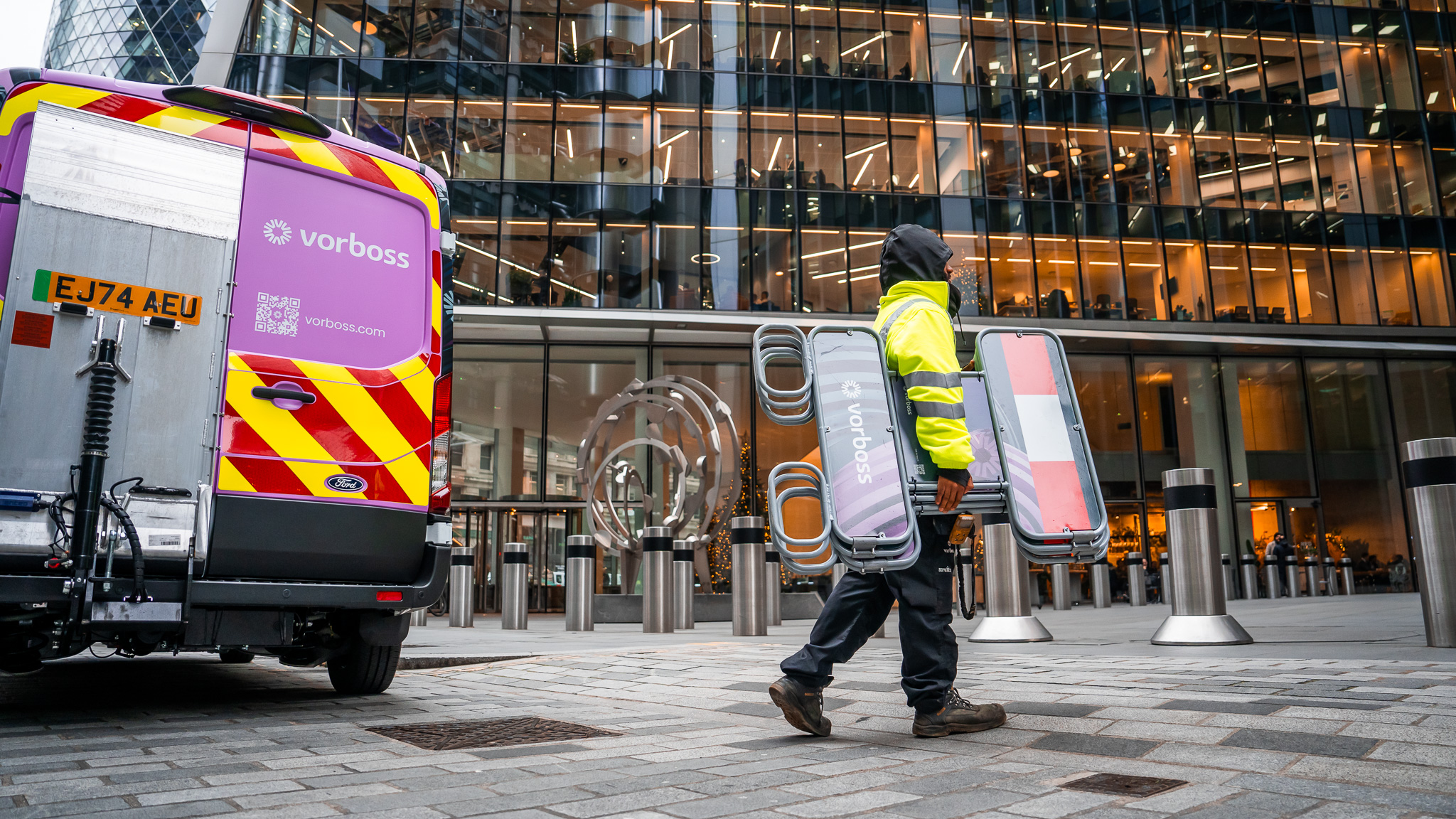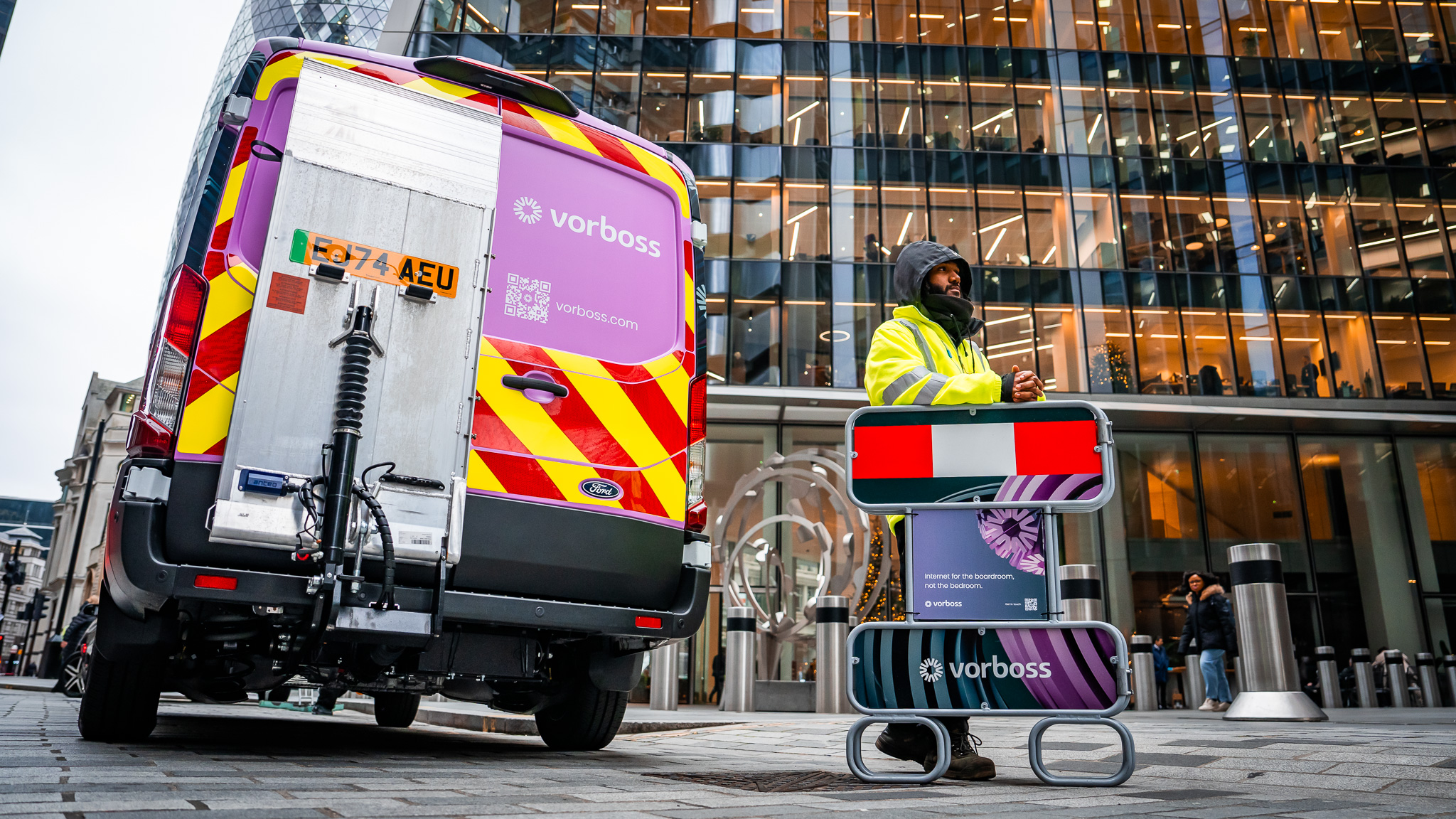
Highlights
In 2023, The UK lost £17.6 billion due to fixed business connectivity outages, showing the need for reliable service providers and strong Service Level Agreements (SLAs). A clear SLA reflects a provider’s confidence in their network and ensures your business is compensated if downtime occurs.
According to our Reliability and Compensation Report, authored by Assembly Research, the UK economy lost £17.6 billion in economic output in the past year due to fixed business connectivity outages.
Billions of pounds were wasted. It's a sobering figure.
How do you, as a business, guard yourself against this?
By getting to know your internet provider's service level agreement (SLA), and what it really means.
A transparent SLA lets you gauge how robust a provider's infrastructure is. The more generous the SLA, the more confidence a provider has in their network capability and reliability. It also guarantees that you will be compensated if downtime occurs.
So, what should you expect to see in the small print? Let's explore the world of SLAs.
What is an SLA?

An SLA, which stands for Service Level Agreement, is a contract that outlines and defines the type of service you can expect from your business internet provider.
It should lay out how they measure your service and what compensation they will give you if they do not deliver the promised service level.
We all know reliable connectivity is paramount to your business’ internal and external functions, so SLAs are very important. They allow you to mitigate some of the impact of connectivity outages, but more importantly they serve as an indicator of the quality of the infrastructure you rely on. By scrutinising the terms, you can make informed decisions, ensuring that you choose a service that aligns with your demands.
Many businesses are in the dark
There’s low awareness surrounding business internet providers’ SLAs—and that’s an issue.
Our research finds that almost a quarter (23%) of UK fixed business connectivity customers were unsure whether their contracts even included SLAs or SLGs.
Among those familiar with their SLA, 21% didn't know if their contract specified compensation arrangements if certain service quality levels weren’t met.
If you're in the dark about your SLA, your business could be vulnerable.
Commitment to high levels of compensation from providers acts as motivation to technical teams to pre-empt issues, therefore fostering a culture of continuous improvement.
The good news is you can request an SLA from your business internet service provider (ISP) if they haven't issued you one (or you haven't seen one).
The economic toll of outages

Consistent connectivity is not a luxury.
Ofcom finds that 83% of small and medium-sized enterprises (SMEs) consider communications services fundamental to their business, so much so they could not function without them.
60% of companies in London reported one or more service losses over the past year, with 28% experiencing at least three outages.
Our analysis reveals that over the last year, the average loss of economic output to London businesses as a result of internet outages was £18,620.
This equates to an average 314 lost hours of productivity (nearly 40 working days) per London business.
Staggering numbers to swallow.
This highlights the importance of transparency in contractual terms, as well as auto compensation. Businesses should not be left with minimal or no compensation if the worst occurs.
As things stand, the case is clear: businesses across the UK are losing out to connectivity outages.
Don’t leave money on the table
Despite the average UK business losing over £11,000 in economic output due to connectivity outages in the past year, 61% of UK businesses surveyed reported that they did not receive compensation from their ISP.
For those that didn’t ask for compensation, the main reasons given were that they believed it was not worth the time and effort or they didn’t expect to get compensation.
Only around a third of businesses surveyed reported receiving any compensation for connectivity outages in the past year.
If only they knew it could be a seamless and automatic process.
As a result of our findings, we’ve urged Ofcom to introduce an automatic compensation scheme for fixed business connectivity providers; we want this to become the standard.
Why we love SLAs

Business internet providers can hold themselves to account by including automatic compensation clauses in their SLAs. This indicates confidence in their infrastructure and a commitment to their customers.
This is how we use SLAs at Vorboss:
- To highlight our confidence in our network
- To ensure we compensate our customers fairly and automatically if outages occur
- To establish clear expectations between our customers and us (guaranteed uptime, response times, and compensation)
We’re raising the bar by providing the most competitive SLAs in the industry, automatically compensating businesses after just 4 minutes of downtime.
SLAs should be transparent and include automatic compensation to give customers greater trust in their providers—and encourage providers to improve service quality.
Vorboss's leased line SLAs
Putting our money, where our mouth is...
Top tips for managing your business internet SLA
- Read your SLA carefully, whether it’s an existing contract or a new one.
- Clarify anything unclear with your provider.
- Request a robust SLA if you don’t have one or need stronger protection.
- Check for automatic compensation and claim it if outages occur.
- Ensure every SLA has a clear benefit to safeguard your business.
Tell us about yourself so we can serve you best.
Got a question?
More articles

For many landlords and building managers, the word “wayleave” feels like the responsible route whenever a fibre circuit is being installed on their property. It sounds formal and safe – a neat legal box to tick.
In many cases, however, a wayleave adds unnecessary complexity and delays, frustrates tenants, and can expose landlords to long-term legal risks.
At Vorboss, we’ve connected thousands of office spaces across London without a wayleave, keeping landlords in full control and getting tenants online faster.

What is a wayleave?
A wayleave is a written agreement between a landowner and a telecoms operator. It gives the operator permission to install and keep equipment on private property.
What many people don’t realise is that signing a wayleave also activates “Code rights” under the Electronic Communications Code. These rights go beyond simple permission, they give the operator legal powers to stay on the property indefinitely, access it when needed, and even refuse removal of their equipment in certain situations.
For a typical connection into a commercial building in London, a wayleave can make the fibre installation process slower, more expensive, and limit the landlord’s flexibility long term.
Why a wayleave isn’t required for standard in-building fibre connections
For a standard in-building fibre connection serving a tenant, a wayleave isn’t a legal requirement. Important protections, like building access, fire safety, repairing any damage, and removing equipment, are already covered by the tenant’s lease and usual building rules.
If no wayleave is signed, no Code rights are triggered, meaning the landlord retains full control and the installation exists under a simple, fully revocable licence.
In practice, this gives landlords far more protection and flexibility:
- No legal lock-in – the telecoms operator has no long-term rights to stay or refuse removal.
- Landlords keep full control – equipment can be moved or removed when the building changes.
- Faster fibre installation – no time lost in drafting contracts or solicitor reviews.
- Happier tenants – connections go live quicker; tenants get to move in faster.
By contrast, signing a wayleave and granting Code rights introduces a complex and expensive legal process for any fibre removal or relocation. This can take at least 18 months, plus potential court or tribunal proceedings, making it slower, and far less flexible for the landlord.

Public services across central London are evolving, and the City of London Corporation is leading the way.
Whether you work, live or study in the Square Mile, you’ll soon feel the difference that faster, more dependable connectivity brings.

What is the Future Network Programme?
The City of London Corporation is rolling out the Future Network Programme, a major project to modernise its entire digital infrastructure and bring everything under one unified network.
From offices and schools to iconic green spaces like Hampstead Heath, cultural destinations like the Barbican, and historic markets such as Leadenhall and Old Spitalfields, this upgrade will mean more reliable connectivity across the City’s buildings and public spaces.
It also extends to essential services, including critical sites run by the City of London Police. This enhanced connectivity will support everything from secure communication systems to faster, more resilient networks for emergency operations.
Leading this transformation is Roc Technologies, supported by Juniper Networks and Palo Alto Networks; all powered by the Vorboss fibre network. Together, we’re bringing the City onto a modern digital foundation that’s ready to support its future.
Who the Future Network Programme benefits and how?
The programme is designed for everyone who depends on public services in the Square Mile:
- Students in City-run schools will have fast, reliable connectivity to fully access digital learning tools.
- Public-sector teams will experience smoother hybrid working, better access to online platforms, and more efficient collaboration across locations.
- Residents and visitors will see improvements in public Wi-Fi, digital services, and online access in libraries, community hubs, and other shared spaces.
- The City of London Police will gain a more secure, faster and resilient network that enhances CCTV reliability and enables more effective frontline operations.

.avif)

.avif)

